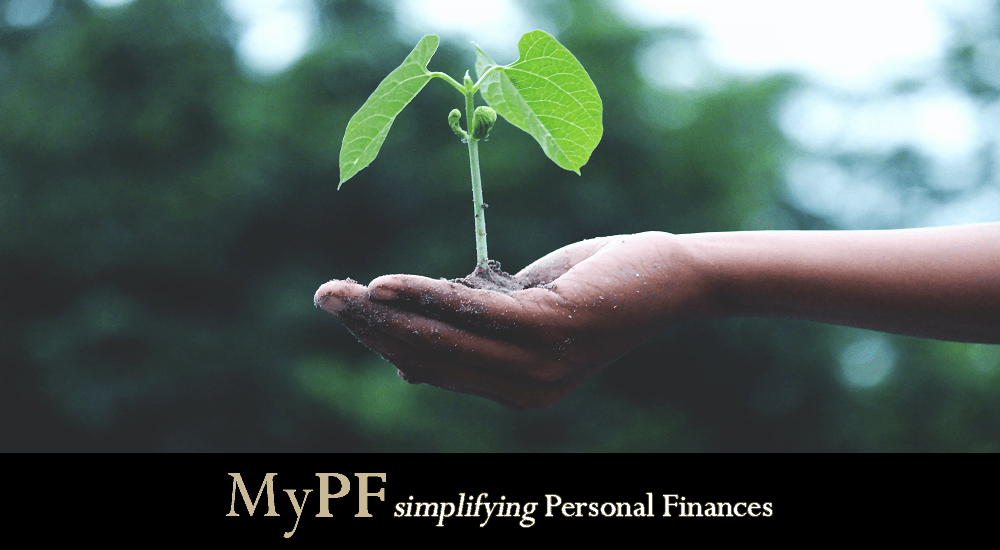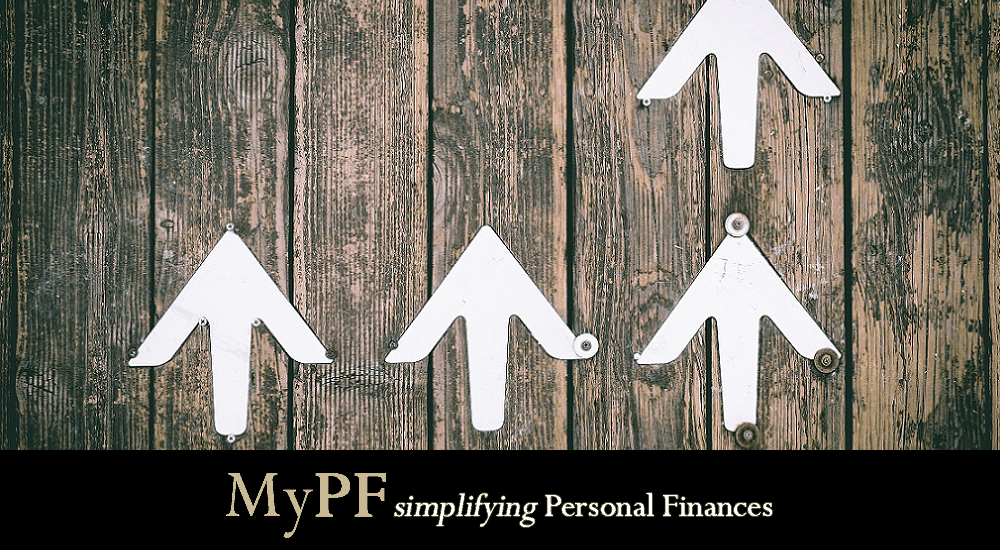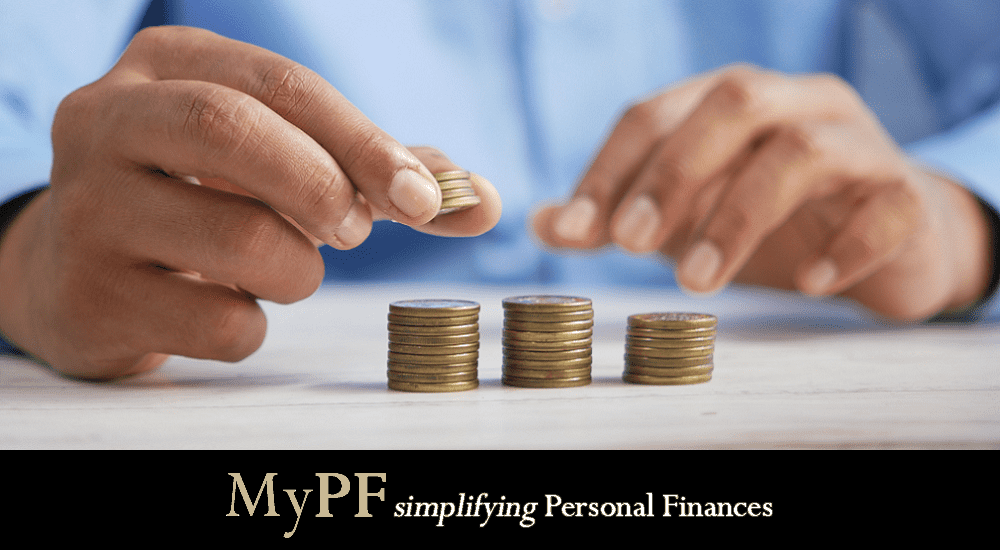ESG-themed investing is receiving more emphasis recently. Learn what is it about and how to include it in your portfolio.

According to the Global Investment Review 2020 report, at the start of 2020, ESG investing or ESG-themed investing had reached USD35.3 trillion in the five major markets, a 15% increase in the past two years (2018-2020) and a 55% increase in the past four years (2016-2020). It’s up from 33.4% in 2018 to 35.9% of all professionally managed assets across all regions.
This trend is continuing to grow in most regions, with Canada experiencing a tremendous increase in absolute terms over the past two years (48% growth), followed by the United States (42% growth), Japan (34% growth), and Australasia (25% growth) from 2018 to 2020.
So, what is ESG investing all about? Let’s look at the facts.
Contents
ESG Investing for Sustainable Investment
ESG is an acronym that stands for Environmental, Social, and Governance Investing.
In addition to evaluating an investment’s financial metrics, the ESG investing approach involves a need to weigh up the corporation’s or fund’s policies related to:
- Environmental matters (climate change and pollution, for example)
- Social matters (such as diversity and ethics)
- Governance (style of leadership and transparency)
Why Are People Attracted to ESG Investing?
Traditionally, most long-term investors felt they had to choose between their values and making money. To fulfill this intention, they will hold a massive and diversified portfolio that likely ended up with companies that paid well but did not do much good for the planet or society in their business practices.
However, Schroder Global Investment Study 2020 reported that almost half (47%) of people around the globe are attracted to sustainable investments because of their broad environmental impact. Another 42% felt the attraction to sustainable funds is because they are likely to offer higher returns.
The data shows that investors no longer need to be torn between their choices as sustainable investing by adopting ESG-based sustainable investing is good for both goals, making it an attractive choice indeed.
Local ESG Growth Trends
Where do Malaysians stand when it comes to adopting ESG?
Security Commission Malaysia (SC) developed a 10-year strategy blueprint (2010-2020) involving ESG. Since 2014, SC has introduced several initiatives, including developing the Sustainable and Responsible Investment (SRI) Sukuk Framework.
In December 2014, Bursa Malaysia launched the FTSE4Good Bursa Malaysia (F4GBM) Index for the Malaysian market to provide more visibility and profiling of ESG-compliant companies that meet a variety of ESG inclusion criteria and are eligible to be included.
The standard is consistent with the global ESG model that FTSE developed, with strong references to the Global Reporting Initiative and Carbon Disclosure Project. As of 30 September 2019, there are 71 constituents of the Index, with a market capitalization of RM510.4 billion. As of June 2022, the total number of constituents is 87.
On the other hand, the FTSE4Good Bursa Malaysia Shariah (F4GBMS) Index was launched in July 2021 with 54 constituents to cater to investor demand for ESG and Shariah-compliant index solutions. The purpose is to track constituents in the F4GBM Index that are Shariah-compliant. For the most recent review period, June 2022, nine new companies were added to the F4GBMS Index. This brought the total number of companies in the index to 65.
Both indices are reviewed semi-annually in June and December against international benchmarks.
The Reality of ESG Investing
From industry players, the challenges that arise in the development of ESG investment locally is due to a limited investment universe and a lack of quality ESG reporting standard. These limitations are reflected in the types of ESG-themed funds available in Malaysia.
With the limited local investment universe, the fund houses need to construct a portfolio that consists of global securities for diversification purposes. The aim is to deliver the most value to their investors with higher potential returns and manage downside risks.
In addition to the lack of quality reporting standards, fund houses need to invest extra resources to verify the accuracy of the information reported. Some might rely on information from ESG rating agencies, while others use screening tools by third parties.
ESG Investing with a Licensed Financial Planner
Fear of missing out (FOMO) in investing is the sentiment of desire to stay continually connected with what others are doing. Often one succumbs to “recency bias”, which is to make a rushed decision based on recent investment performance.
How do you combat this and align your investment portfolio with your values? Let’s look at how financial planners can help in this situation.
- Discover client’s ESG values
Usually, financial planners will seek to learn about clients’ unique set of financial goals and risk tolerance first. But ESG values can be very personal, they can differ from one person to the next. One client may prioritize environmental issues while another values diversity.
Financial planners must first understand how clients might want to see them executed in the investments they pursue. Then, personalize their portfolio to mirror the client’s values.
- Deploy a negative screening approach
Once financial planners are on the same page with their clients, they can start putting clients’ values into practice. They will identify companies that don’t align with clients’ values and remove them from clients’ portfolios.
A straightforward approach is to identify the right ESG funds for their clients. A fund will reduce the need to analyze individual stocks and spread out risk by holding a large basket of equities.
- Review and reporting
Greenwashing is one of the risks associated with ESG investing. It is a strategy to market a company as being sustainable or green when it really isn’t.
To manage the risk, financial planners will use the right ESG data and tools for the purpose of monitor and report on ongoing changes to the ESG scores of the companies or funds.
By working hand to hand with a professional Licensed Financial Planner, you will have clarity on the placement of ESG in your investment portfolio.
Have you incorporated ESG into your investment? Share with us here!







Leave A Comment